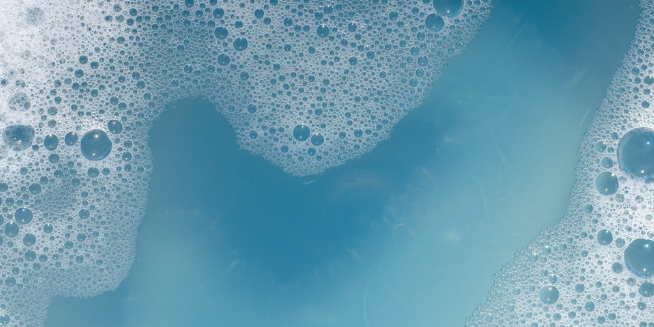Some understandings of the use process of defoaming agents
The most important “flavoring” ingredient in the emulsion polymerization process is defoaming agent. Is there a brand of defoaming agent that can fully achieve the 100% best ideal effect desired by the polymerizer and solve the problem of emulsion processing in various industries? Regarding the problem of dynamic and static defoaming during use, Ajizhijing has compared and tested samples from many manufacturers and various brands many times: No defoaming agent is omnipotent, and every defoaming agent has its own certain scope of application
Therefore, choosing a good defoaming agent is the key to solving the defoaming problem. Since emulsion defoamer is a thermodynamically unstable system, when the defoamer is added to the foaming liquid or other aqueous system, it will be affected by chemicals; the defoaming and foam suppression effect of the defoamer is generally related to the dosage. Directly proportional, but there are also
A saturation point means that after reaching a certain concentration, adding more dosage will not extend the foam suppression time. Therefore, excessive use is a waste. The appropriate concentration is the key to ensuring that you meet your defoaming requirements, and it is also the key to the most economical use of defoaming agents; the defoaming and foaming inhibitory effect of defoaming agents will increase over time. Gradually weaken until it disappears. However, a good defoamer suppresses foam for much longer than a poor defoamer. Therefore, evaluating the quality of a defoamer depends not only on the initial defoaming ability, but also on the length of the foam suppression time. Long foam suppression time is the most difficult quality of a defoamer and is the decisive factor in defoaming performance-price ratio. It is at this point that a good defoamer far outweighs a poor defoamer;
The defoaming and antifoaming effect of defoaming agents gradually weakens and disappears over time. However, a good defoamer suppresses foam for much longer than a poor defoamer. Therefore, evaluating the quality of a defoamer depends not only on the initial defoaming ability, but also on the length of the foam suppression time. Long foam suppression time is the most difficult quality of a defoamer and is the decisive factor in defoaming performance-price ratio. It is at this point that a good defoamer far outweighs a poor defoamer;
There is no relationship between defoamer viscosity and concentration. A high concentration (solids content) defoamer may have a very low viscosity, while a high viscosity defoamer may have a very low concentration. But it is precisely the low-viscosity and high-concentration defoaming agent that requires a high level of manufacturing technology.







